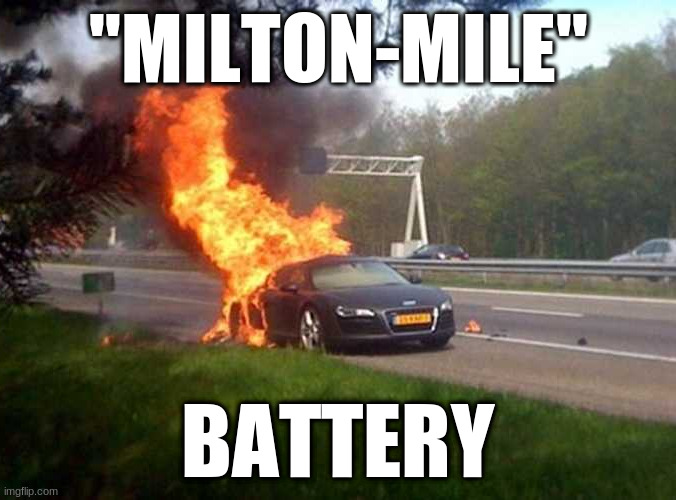Just saw a recent YT video where Sean Mitchell has a guy with a PHD in battery chemistry and he was claiming that he thinks the 4680 cells could be capable of a max charge rate of 1600kw. This would be helpful with the Semi and CT
4680 is bigger but would be able to take a higher amount of power over a longer period of time thus making the charge rate shorter
4680 is bigger but would be able to take a higher amount of power over a longer period of time thus making the charge rate shorter



